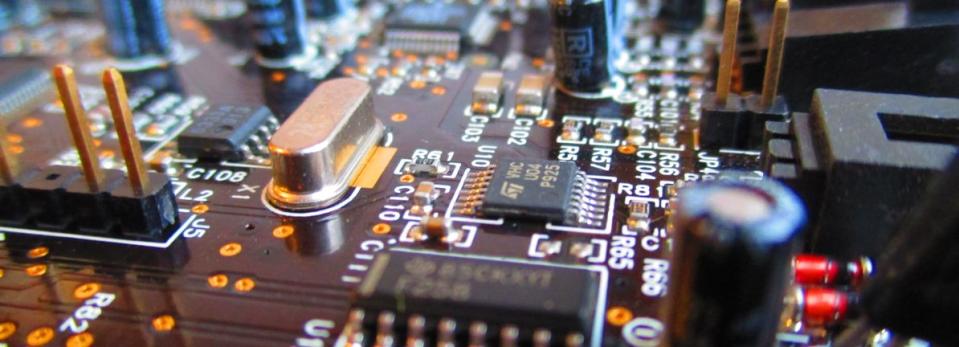Here's What Texas Instruments Incorporated's (NASDAQ:TXN) ROCE Can Tell Us

Today we'll look at Texas Instruments Incorporated (NASDAQ:TXN) and reflect on its potential as an investment. To be precise, we'll consider its Return On Capital Employed (ROCE), as that will inform our view of the quality of the business.
First up, we'll look at what ROCE is and how we calculate it. Then we'll compare its ROCE to similar companies. Finally, we'll look at how its current liabilities affect its ROCE.
Understanding Return On Capital Employed (ROCE)
ROCE is a measure of a company's yearly pre-tax profit (its return), relative to the capital employed in the business. Generally speaking a higher ROCE is better. Ultimately, it is a useful but imperfect metric. Renowned investment researcher Michael Mauboussin has suggested that a high ROCE can indicate that 'one dollar invested in the company generates value of more than one dollar'.
How Do You Calculate Return On Capital Employed?
Analysts use this formula to calculate return on capital employed:
Return on Capital Employed = Earnings Before Interest and Tax (EBIT) ÷ (Total Assets - Current Liabilities)
Or for Texas Instruments:
0.36 = US$5.7b ÷ (US$18b - US$2.1b) (Based on the trailing twelve months to December 2019.)
So, Texas Instruments has an ROCE of 36%.
Check out our latest analysis for Texas Instruments
Does Texas Instruments Have A Good ROCE?
One way to assess ROCE is to compare similar companies. Using our data, we find that Texas Instruments's ROCE is meaningfully better than the 9.6% average in the Semiconductor industry. I think that's good to see, since it implies the company is better than other companies at making the most of its capital. Putting aside its position relative to its industry for now, in absolute terms, Texas Instruments's ROCE is currently very good.
You can see in the image below how Texas Instruments's ROCE compares to its industry. Click to see more on past growth.
When considering this metric, keep in mind that it is backwards looking, and not necessarily predictive. ROCE can be misleading for companies in cyclical industries, with returns looking impressive during the boom times, but very weak during the busts. This is because ROCE only looks at one year, instead of considering returns across a whole cycle. What happens in the future is pretty important for investors, so we have prepared a free report on analyst forecasts for Texas Instruments.
What Are Current Liabilities, And How Do They Affect Texas Instruments's ROCE?
Current liabilities include invoices, such as supplier payments, short-term debt, or a tax bill, that need to be paid within 12 months. The ROCE equation subtracts current liabilities from capital employed, so a company with a lot of current liabilities appears to have less capital employed, and a higher ROCE than otherwise. To counteract this, we check if a company has high current liabilities, relative to its total assets.
Texas Instruments has total assets of US$18b and current liabilities of US$2.1b. As a result, its current liabilities are equal to approximately 12% of its total assets. A minimal amount of current liabilities limits the impact on ROCE.
The Bottom Line On Texas Instruments's ROCE
This is good to see, and with such a high ROCE, Texas Instruments may be worth a closer look. There might be better investments than Texas Instruments out there, but you will have to work hard to find them . These promising businesses with rapidly growing earnings might be right up your alley.
I will like Texas Instruments better if I see some big insider buys. While we wait, check out this free list of growing companies with considerable, recent, insider buying.
If you spot an error that warrants correction, please contact the editor at editorial-team@simplywallst.com. This article by Simply Wall St is general in nature. It does not constitute a recommendation to buy or sell any stock, and does not take account of your objectives, or your financial situation. Simply Wall St has no position in the stocks mentioned.
We aim to bring you long-term focused research analysis driven by fundamental data. Note that our analysis may not factor in the latest price-sensitive company announcements or qualitative material. Thank you for reading.

 Yahoo Finance
Yahoo Finance 
